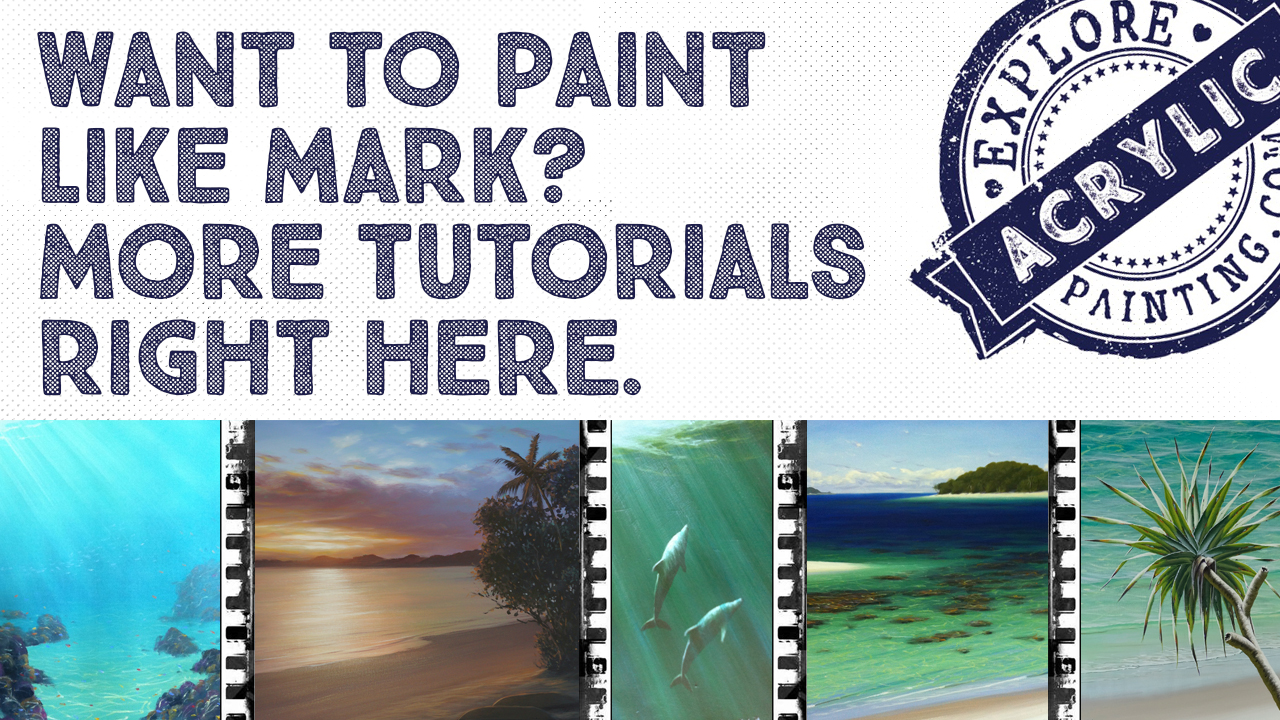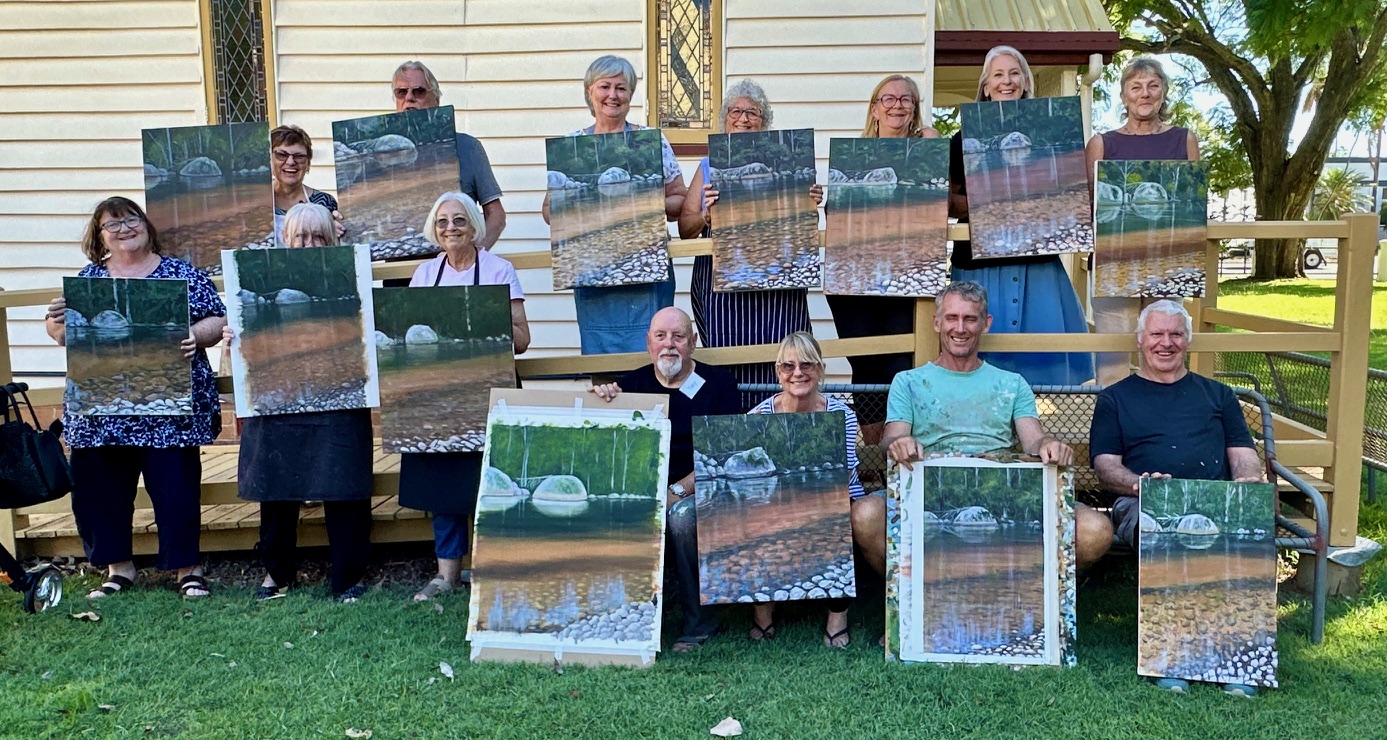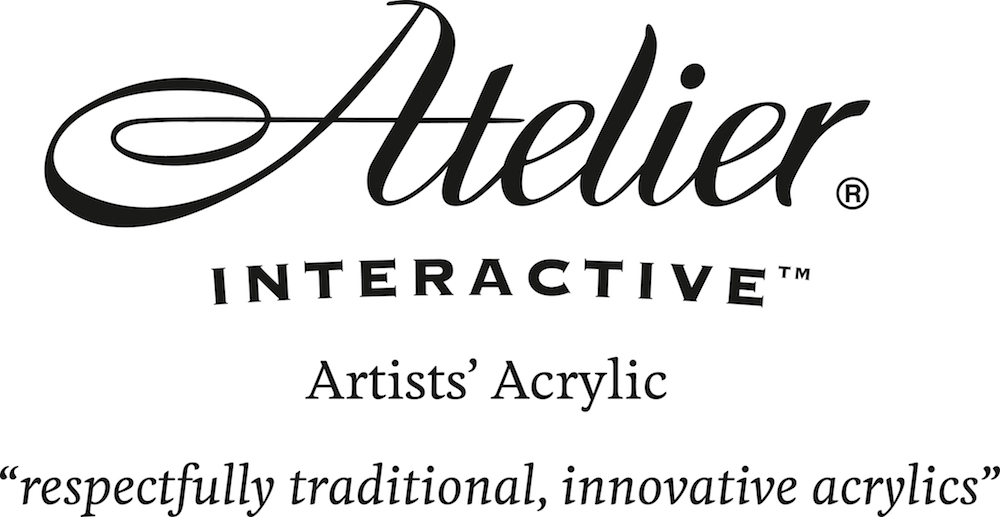- Home
- Stretcher Bar
Stretcher Bar. A Versatile Framing Option.
To stretch or not to stretch.
Some points to consider.
Fundamentally, a stretcher bar is usually made of timber, and shaped in a particular way. It is designed to have canvas stretched over it. It's actually surprising how many options are available.
Let's look at some of them.

When choosing a stretcher, there are a few things to consider:
How big is the canvas? (a bigger canvas will have more weight on it, requiring a more robust bar)
Do you want the painting to be framed, or hung purely as a stretched canvas?
And lastly (but not leastly), how long do you want it to last?
Lets address these points one at a time.
Firstly, the size of the canvas.
There is a considerable amount of tension on canvas when it is stretched properly. And more so when it is a large canvas. This is increased if the canvas becomes wet, as it will shrink as it dries. A lot of tension can break or warp a stretcher if it is incorrectly joined, or has a weak spot.
Generally speaking, the larger a canvas is, the wider the bar needs to be, and the more bracing it requires. Better to buy something stronger than you need if you plan on keeping your masterpiece for any period of time.
Second consideration. To frame or not to frame?
This is not super important, but it should be something to think about. The profile of a stretcher bar can be quite deep or narrow. A narrow bar fits more easily into the rebate in the picture frame. This can mean that the frame is closer to the wall, and does not stick out far enough for your local klutz (often me) to knock it off the wall with their shoulder. It also means the edges of the stretcher bar and the canvas are hidden by the frame. The edges of a deeper stretcher bar are harder to hide. Having a narrow stretcher bar gives you more picture framing options.
In my opinion, many paintings look a lot better unframed. Luckily this is also quite a trendy look at the moment. I also think that a deeper bar looks better. It moves the image off the wall a little, and gives a smidge more dimension. A coat of paint around the edge of the piece can emphasise this illusion of dimension. Continuing the painting around the edge is also an option. Just know that that the edges will get knocked around. A frame will protect the corners.
The third consideration is the quality of the bar.
The question needs to be asked - do you want your work of art to last through history? Or does this stretcher just need to get you through your next painting hit - a fast fix to satisfy the demonic compulsion to hurl paint around? If you are handy with some tools and have some time, timber, and are willing to make your own, then rip in. This can be very satisfying, and can save a few dollars. If not, there are plenty of very cheap options that are easily accessed. Don't be surprised if they self destruct in the not too distant future though.

A good quality stretcher bar should last a long time without warping or twisting. It should also be reasonably "inert". Timber can contain acids which will eventually discolour or otherwise damage your creation. Good bars will be dried appropriately over time, and the timber will be chosen for its lack of acids and tannins.
There are some other options when choosing or making your bar. When you use a brush vigorously, the canvas is pushed in (much like a trampoline). If there is a sharp edge behind it, it will collect more paint, and will leave a mark. Your canvas must be held only on a narrow edge. This is one of the reasons stretcher bars are designed to taper away from the canvas leaving a gap between the bar and the canvas.
Finally the last thing to ask yourself is; "will I need to dismantle the stretcher at some point?" If so, it may pay to purchase some of the pre-sized and mitred products on the market. These will come apart when you have removed the canvas, allowing you to transport and re-assemble them at a later date. Definitely a consideration when in transit.

Hopefully some of this has enlightened and not confused! Remember, whatever option you go with, it's just one step closer to the good bit (where you get to chuck some paint around!).
Back to Explore Acrylic Painting Home Page
















New! Comments
Have your say about what you just read! Leave me a comment in the box below.